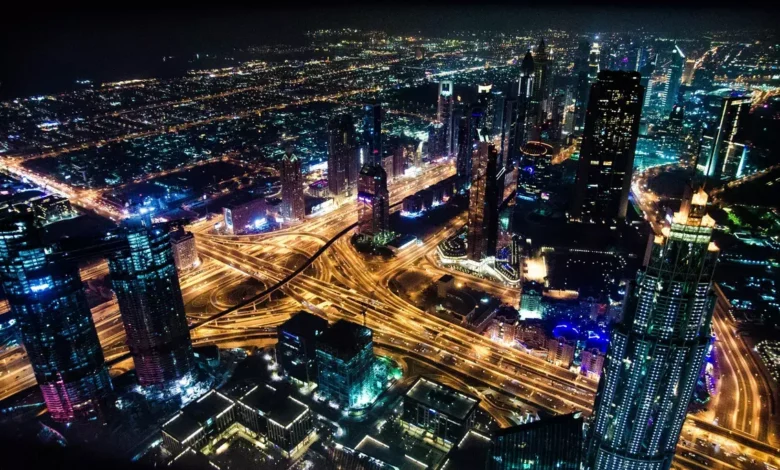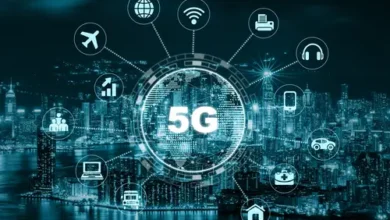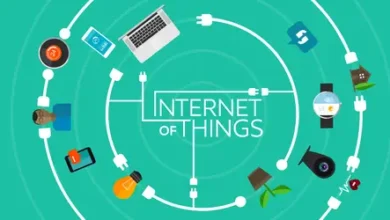Smart City Solutions: Building Sustainable and Efficient Urban Spaces with Technology

Welcome to the dawn of a new urban era, where technological innovation is transforming our cities into smart, futuristic hubs. In this post titled “Smart City Solutions: Building Sustainable and Efficient Urban Spaces with Technology,” we delve deep into an exciting world that sees technology not just as a fancy addition, but as the heart and soul in shaping sustainable metropolises. Imagine being part of cities equipped with advanced tech-infrastructure aimed at enhancing quality of life while reducing environmental impact – sounds like living in tomorrow’s world today! From energy-efficient systems, AI-driven traffic management to intelligent waste disposal methodologies the future cityscape promises sustainability merged seamlessly with convenience. Join us on this thrilling journey exploring how advanced technologies are revolutionizing urban planning for smarter tomorrows. The evolution towards ‘smart’ from ‘conventional’ has begun; let’s unravel what these efficient spaces hold in store for us!
Understanding the Concept of Smart Cities
Smart cities represent a paradigm shift in urban development, leveraging technology to create sustainable and efficient urban spaces. At the core of this concept is the integration of information and communication technologies (ICT) to improve the quality of life for residents, enhance environmental sustainability, and optimize resource management.
Smart cities utilize data-driven decision-making processes to address various urban challenges, such as traffic congestion, energy consumption, waste management, and public safety. Through the deployment of sensors, IoT devices, and data analytics platforms, cities can gather real-time information about different aspects of urban life and infrastructure, enabling authorities to make informed decisions to enhance efficiency and effectiveness.
The goal of smart cities is to create interconnected urban ecosystems that are responsive, adaptable, and resilient to various stressors and demands. By fostering innovation and collaboration between public and private stakeholders, smart cities aim to enhance economic development, social inclusion, and environmental sustainability. Embracing the concept of smart cities requires a holistic approach that considers not only technological advancements but also governance structures, citizen engagement, and policy frameworks. Ultimately, smart cities represent a vision of urban development that harnesses the power of technology to create more livable, equitable, and sustainable urban spaces for current and future generations.
The Role of Technology in Building Smart Cities
Technology plays a crucial role in the development of smart cities by enabling the integration of various systems to enhance efficiency, sustainability, and overall quality of life for residents. From smart transportation and energy management to intelligent infrastructure and data-driven decision-making, technology serves as the backbone of modern urban development. Through the use of sensors, data analytics, and interconnected devices, cities can optimize resource usage, improve public services, and reduce environmental impact. Additionally, technology enables real-time monitoring and response systems that enhance safety and security within urban spaces. Embracing innovative technologies allows cities to become more resilient, adaptive, and responsive to the evolving needs of their citizens.
Sustainable Strategies for Urban Development
Urban Development In order to create smart cities of tomorrow, it is imperative to focus on sustainable strategies for urban development. This includes incorporating renewable energy sources, implementing efficient waste management systems, promoting green spaces and biodiversity, and designing buildings with energy-saving features. By embracing sustainable practices, cities can reduce their carbon footprint, improve air quality, and enhance the overall quality of life for residents. Sustainable urban development also involves promoting walkability, public transportation, and cycling infrastructure to reduce reliance on cars and minimize traffic congestion. Through a holistic approach that combines technology, innovation, and environmental consciousness, cities can pave the way for a more sustainable and efficient future.
Real-World Examples of Innovative Smart City Solutions
In Singapore, the government has implemented a comprehensive smart city initiative that includes a centralized system for monitoring and controlling various aspects of urban life, such as transportation and energy usage. The city has also introduced smart parking systems that use sensors to detect available spaces, reducing traffic congestion and emissions. Barcelona, Spain, has embraced smart street lighting that adjusts based on weather conditions and pedestrian activity, leading to significant energy savings. Additionally, Songdo, South Korea, is considered a model smart city with features like pneumatic waste disposal systems and integrated green spaces. These real-world examples demonstrate the potential of technology to enhance sustainability and efficiency in urban environments.
Challenges and Future Perspectives on Developing Smart Cities
Developing smart cities comes with a myriad of challenges, including issues related to data privacy, security, and the digital divide. In addition, the high cost of implementing smart technologies can be a barrier for many cities. However, despite these challenges, the future of smart cities looks promising. With advances in technology such as Internet of Things (IoT), artificial intelligence, and big data analytics, smart cities have the potential to enhance efficiency, sustainability, and quality of life for residents. To overcome these challenges, it is crucial for city planners to prioritize collaboration between public and private sectors, invest in infrastructure upgrades, and engage with citizens to ensure that smart city initiatives are inclusive and benefit all members of the community.





